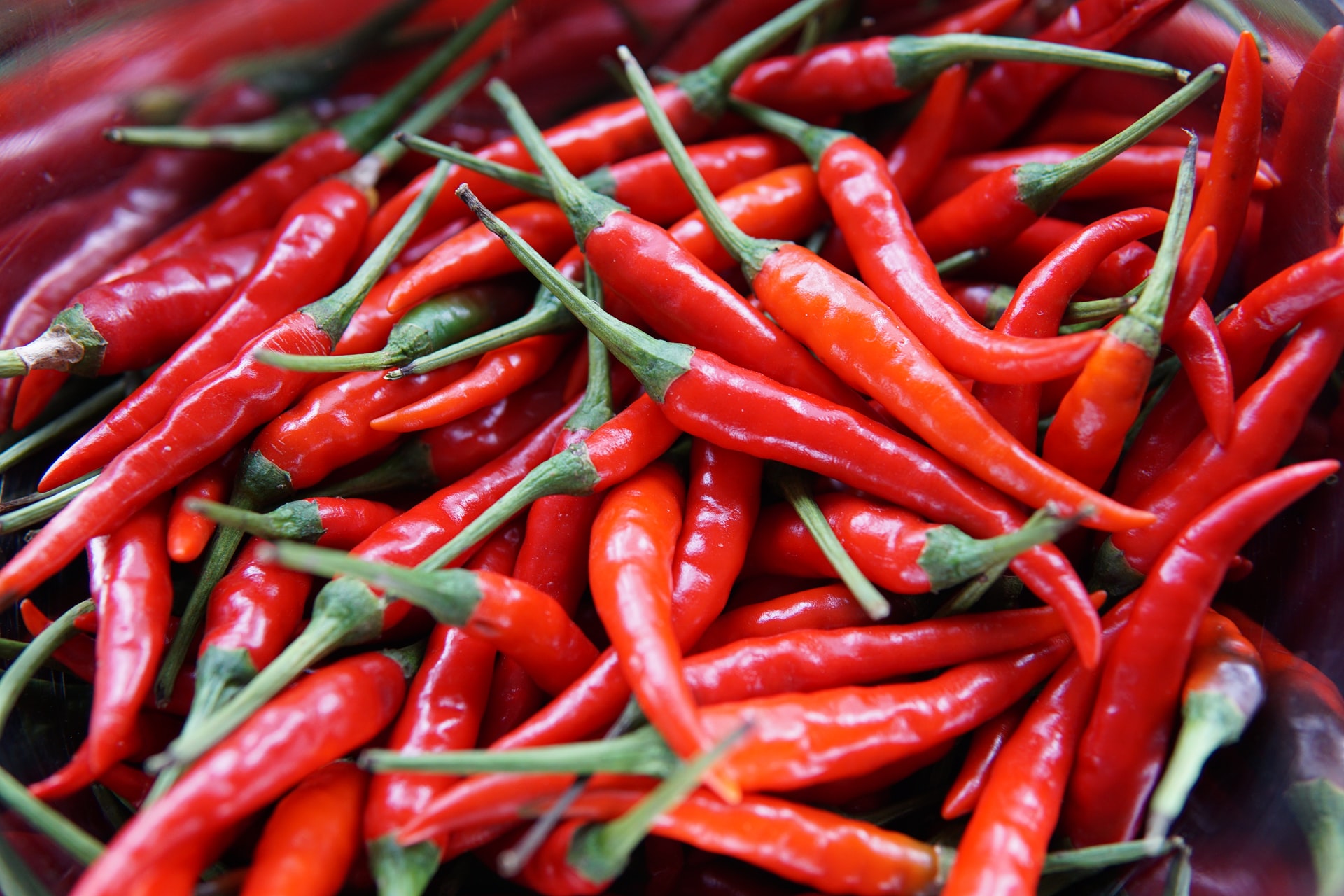Due to the frequent use of PE film in pepper cultivation, the “drip” irrigation system is the most commonly used.
Drip Irrigation
This method allows irrigation at any time of day, as it prevents shock from the application of cold water on hot plant parts. By avoiding wetting the leaves, it also prevents creating favorable conditions for fungal diseases. The system does not operate under high pressure, thus minimizing the disruption of the soil’s crumb structure, which is beneficial for cucumber growth. Due to the lower working pressure (0.3 – 1.5 bar), energy consumption is also reduced. The localized water supply decreases the irrigated area, thus reducing water losses through evaporation or leaching (water saving).
An advantage of drip irrigation is the possibility of fertigation, i.e., the simultaneous application of liquid fertilizers with irrigation.
One of the most significant problems with drip irrigation is clogging of the emitters, either mechanical or chemical. Emitter clogging is directly related to the quality of the irrigation water and its physical, chemical, and microbiological factors. Filters can prevent mechanical clogging of the emitters. Chemical clogging occurs due to the formation of insoluble salts at the emitter’s opening or within it.
The drip system consists of a driving part with a system head, a filter device, a main pipeline, lateral or distribution pipes, and emitters. The system is characterized by the emitter as the point where the working pressure from the pipe is reduced and water is released as droplets onto or into the soil.
This method of irrigation has two systems: surface and subsurface irrigation. In surface irrigation, the pipes and emitters are placed above or on the soil surface, while in subsurface irrigation, they are buried in the soil.
In cucumber cultivation, the irrigation pipes are almost always placed on the soil surface, but under the polyethylene film if it is used.
Proper water dosing is very significant in irrigation practice. There are two basic elements in water dosing: the irrigation dose and the timing of irrigation.
The irrigation dose is the amount of water added in one irrigation (m3/ha or in mm). The dose should moisten the soil to field capacity, meaning that the irrigation dose depends on the type of soil. To determine the irrigation dose, it is necessary to know the soil moisture before irrigation and the soil’s water properties. The difference between field capacity and the current water content in the soil represents the irrigation dose.
The timing of irrigation is a precisely determined moment for adding the irrigation dose, which is one of the conditions for successful and rational irrigation. If the irrigation timing is determined “by eye,” irrigation is irrational and can be harmful.
For pepper cultivation, irrigation should maintain soil moisture at 70 – 80% of field capacity. The most favorable water temperature for irrigation is 25 – 27°C, and it should not be lower than 20°C.
To achieve the favorable timing for irrigation and determine the irrigation dose, thereby enabling profitable and rational water use, it is necessary to use soil moisture meters.













































